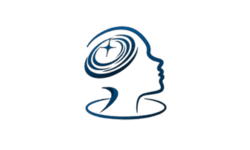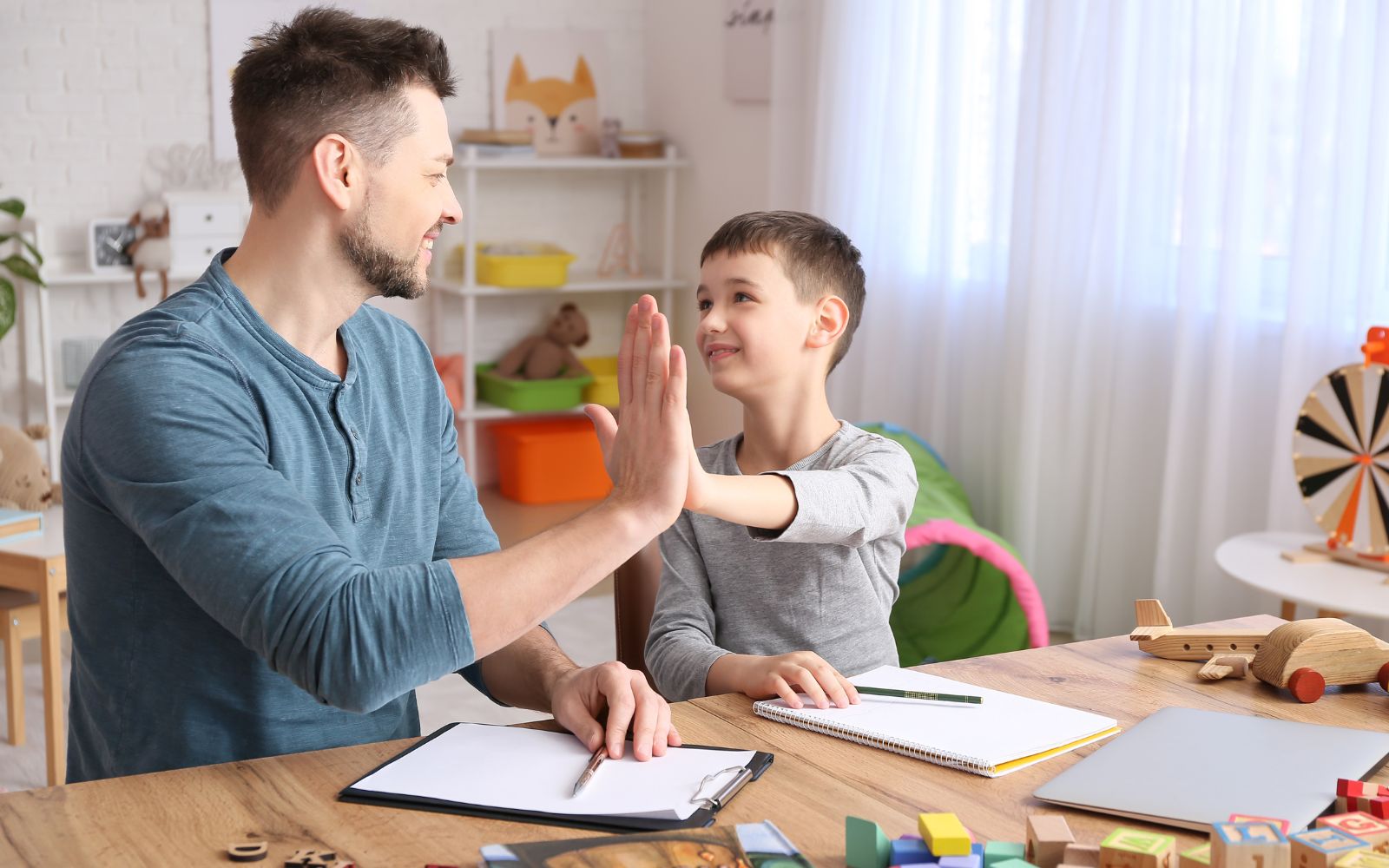The Child Behavior Checklist (CBCL) aids in identifying childhood emotional and behavioral problems by focusing on core aspects relevant to the assessment of children’s health. Clinicians also employ it to assess and screen early signs of problem behavior or emotional issues. With the use of the CBCL, physicians, and therapists can identify actions that a child may need and adapt to them promptly.
Key Takeaways:
- The Child Behavior Checklist is a self-document questionnaire finished by the dad and mom, instructors, or the child to evaluate emotions and feelings.
- Clinics use the CBCL to diagnose and reveal ADHD, tension, and despair in children.
- The CBCL behavior report helps professionals assess children’s behaviors at home and in the clinic.
- The teacher’s Report Form provides additional information about marital, emotional, and developmental conditions that can implement the diagnosis.
- From a developmental therapy view, the CBCL is key for using model thinking, continuous plan evaluation, and an example-based approach.
What Is the Child Behavior Checklist (CBCL)?
The CBCL become advanced by using professionals to assess emotional and behavioral issues in children in a standardized manner. It is best practiced in clinics and schools and aided research in obtaining a child’s behavioral report from the parent, teacher, and sometimes the child himself. This tool helps professionals in diagnosing anxiety disorders, depression, or ADHD among others.
The Role of the CBCL in Clinics
Clinics use the CBCL to assess children’s behaviors. It gathers reviews from parents, instructors, and sometimes from the youngsters themselves. These statistics are critical for diagnosing or tracking behavioral troubles like anxiety, depression, or Attention deficit hyperactivity disorder. The CBCL facilitates clinicians to make informed choices approximately the help and treatment a baby may additionally want.
Child Behavior Checklist Scoring Overview
It consists of using a scoring sheet wherein every different behavior is rated on the scale. These ratings will enable the experts to evaluate the emotional and behavioral health of a child. Each answer is given a score, and therefore, the overall score helps understand the child’s feelings and actions.
Child Behavior Checklist Scoring Interpretation
Professionals score the CBCL and interpret the results to find any emotional or behavioral concerns. The outcomes categorize behaviors into two primary types: internalizing behaviors (like anxiety or depression) and externalizing behaviors (like aggression or hyperactivity). This aids in determining whether a child has more internal struggles or is acting on external behaviors.
Scoring Based on Age Groups
Child Behavior Checklist Ages 1-5 Scoring: In younger children, the CBCL is modified to monitor early indicators of behavioral or developmental problems. It looks at basic behaviors, such as tantrums or, for example, failure to get along with others.
Child Behavior Checklist Ages five-15 Scoring: As kids grow older, the CBCL scoring turns extra complicated, allowing professionals to evaluate a much broader range of behaviors. This facilitates assessing faculty-age children and youth who may be facing unique emotional and behavioral demanding situations.
The Teacher Report Form in the CBCL
The CBCL contains a Teacher Report Form. It is part of the assessment that lets teachers express their observations on how the child behaves in school. Children’s behavior can change during school hours. The Teacher Report Form helps provide a more complete pattern of their emotional and behavioral activities.
How to Apply the Child Behavior Checklist in Clinics
The clinician first collects forms from parents and teachers who, after filling them, would proceed to provide the information gathered for the clinician to analyze or review.
After reviewing or analyzing the data, he is able to come up with a plan of action, like conducting therapy or other behavioral interventions behaviorally. This way, an adequate understanding of what needs to be done is attained by the child.
Benefits of Using the CBCL in Clinics
- Early Identification: The CBCL helps in the early identification of behavioral and emotional issues of a child.
- Planning Interventions: The CBCL helps in designing therapy sessions or mental health activities for kids to address specific emotional and behavioral needs.
- Tracking Progress: The CBCL allows professionals to monitor a child’s progress over time.
FAQs
Q: How do clinics use the CBCL?
Clinics use the CBCL to acquire statistics from mothers fathers and teachers. This allows diagnosis or screening situations like ADHD, anxiety, and depression.
Q: What does the CBCL scoring process involve?
Scoring the CBCL involves rating behaviors on a scale. This helps professionals assess emotional and behavioral concerns.
Q: Why is the Teacher Report Form important?
The Teacher Report Form gives insights into a child’s school behavior, providing a full picture of their emotional and behavioral patterns.
Q: How does the CBCL aid in treatment?
The CBCL aids in planning interventions, monitoring progress, and adjusting the plans for treatment to support the development better.
Final Thoughts
It is important to understand that the outcomes of the Child Behavior Checklist are important in evaluating the emotional warm temperature and behavior of a baby. It permits specialists to provide the right kind of aid undertaking to improve one’s intellectual well-being.


1 thought on “How Does the Child Behavior Checklist Work in Clinics?”